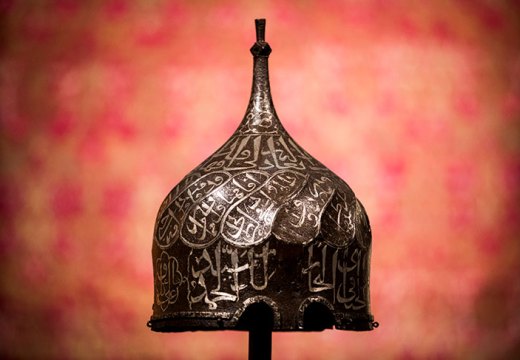Amidst the financial constraints faced by the Museum of Islamic Art in Jerusalem, an unconventional solution has been adopted to ensure its sustainability. This article delves into the museum’s current predicament and explores how it is resorting to selling works from its collection as a means to overcome these challenges.
A Struggle for Financial Stability
The Museum of Islamic Art in Jerusalem, renowned for its extensive collection showcasing the rich cultural heritage of Islam, finds itself grappling with financial difficulties. Despite being a significant cultural institution, maintaining operations and preserving valuable artifacts have become increasingly burdensome due to limited funding sources and rising costs.
In recent years, budget cuts imposed on public institutions have further exacerbated this situation. The museum’s ability to fulfill its mission of promoting cross-cultural understanding through art has been hindered by inadequate resources.
To address this pressing issue, the museum administration has made a difficult decision: selling select pieces from their collection. While controversial among some stakeholders who fear losing precious artworks permanently, this strategy aims at generating much-needed revenue that can be reinvested into sustaining the institution.
An Ethical Dilemma
This approach raises ethical concerns regarding deaccessioning – the process of removing items from a museum’s permanent collection. Critics argue that such actions compromise museums’ responsibilities as custodians of culture and may set dangerous precedents for other struggling institutions worldwide.
However, proponents contend that desperate times call for innovative measures. By strategically selecting works that are duplicates or less central to their curatorial vision, the museum seeks to strike a balance between ensuring financial stability while safeguarding core artistic treasures.
Furthermore, it is crucial to note that proceeds generated from these sales will not only support the museum’s operations but also contribute to preserving and restoring other artworks in their possession, thereby indirectly benefiting the overall collection.
A Path Towards Sustainability
While selling pieces from a museum’s collection is an unconventional approach, it underscores the urgent need for sustainable funding models within the cultural sector. The Museum of Islamic Art in Jerusalem hopes that this temporary measure will provide a lifeline until alternative sources of revenue can be secured.
In parallel with these efforts, the institution is actively seeking partnerships with philanthropic organizations and exploring innovative fundraising strategies. By diversifying its income streams and engaging with potential benefactors who share its vision, the museum aims to establish long-term financial stability without compromising its commitment to preserving Islamic art heritage.
Conclusion
The Museum of Islamic Art in Jerusalem finds itself at a crossroads as it grapples with financial challenges that threaten its existence. Through controversial yet pragmatic measures such as selling select works from their collection, they strive to overcome immediate obstacles while ensuring continued preservation of invaluable artifacts. This predicament highlights broader issues faced by cultural institutions worldwide and emphasizes the importance of developing sustainable funding models for safeguarding our shared heritage.
